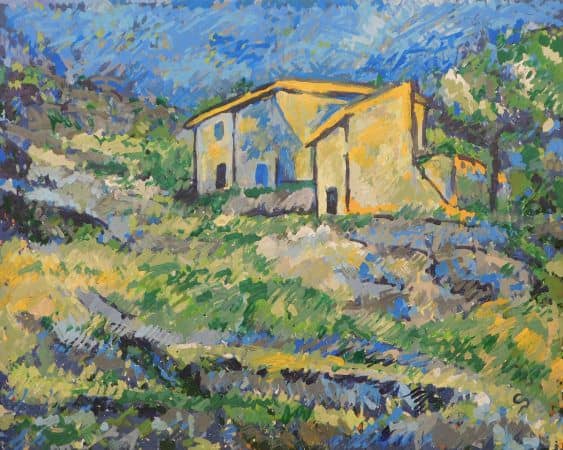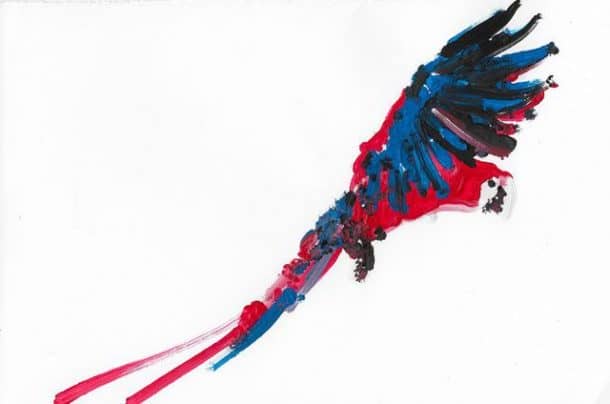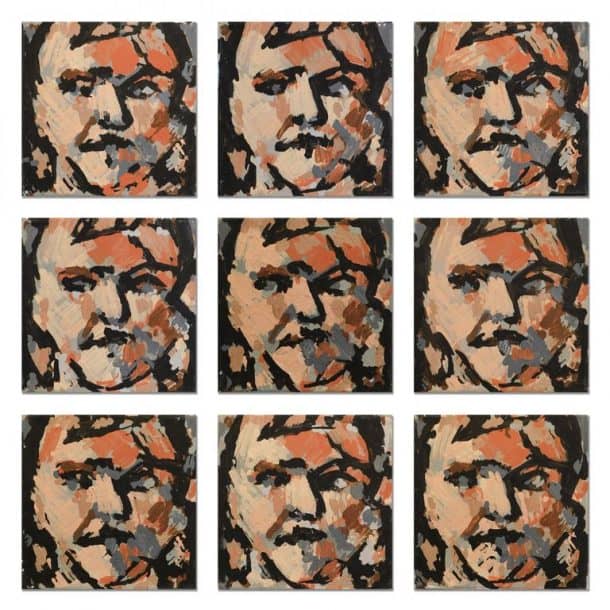Entries for the RobotArt competitions 2018 have been received, and the top ten teams have also been announced. The impressive work of the artists can be seen in an online gallery. The winner of this year’s competition, CloudPainter, used machine learning to generate portraits and landscapes. It also included the re-imagination of Cezanne. The team which stood second chose “impressionistic paintings with a high level of skill with brushstrokes,” and the team on third place programmed a robot “brushstroke by stroke” using haptic recording and playback to generate amazing reproductions of Van Gogh’s masterpieces.

For the first time, patrons will also purchase paintings that were produced by AI for the Seattle Art on August 2-5th. Robot art creators range from engineers to schools and artists. These AI systems can create paintings which can be a recreation of old masterpieces to colorful abstracts pieces. Andrew Conru, RobotArt founder said, “I think technology tools, such as the robotic art and algorithms that we’re playing with here, opens us to a future that blurs the lines of what is the artist and what are you trying to accomplish with your medium.”

Anyone who is worried that AI artists might take over the jobs of human painters should not worry about it. Conru said, “Human generate art will always be highly respected not only for its creativity but in our shared human experience. While we may be impressed by AI chess software, we are thrilled and impressed by human grandmasters.” He said that AI could help the human artists to create masterpieces which can be much more ambitious than before.

AI artists are not universal since there is a lot of gap between a $300 arm which is for a hobbyist and a $30,000 arm which is created for professionals. Conru said, “Artists tend not to have tens of thousands lying around.” However, in case they are the winners of the RobotArt contest, they can invest their winnings into the future Van Gogh robot.


